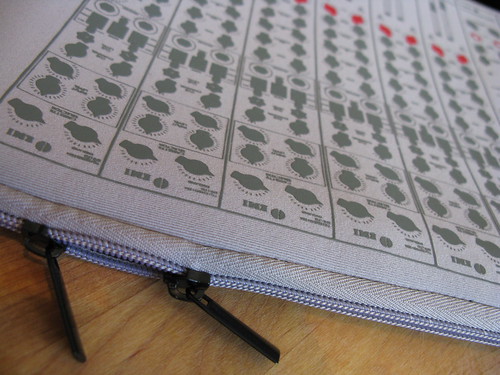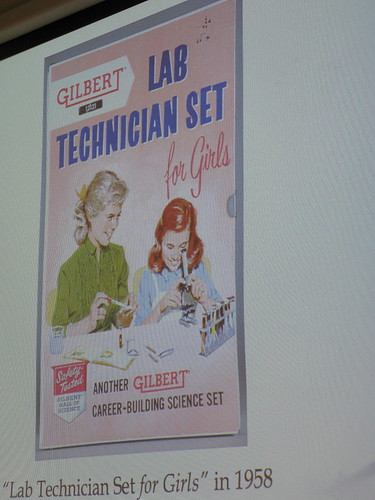Although I hoped all the time, money, anxiety and analysis poured into science communication over the last 25 years (250 years...) would mean I'd have something useful to say, I was a bit unsure about it. It's arrogant to assume science communication can tell the rest of the academy how to go about sharing it's research. There are huge differences between communicating the natural sciences and communicating other research areas. For one thing, we shouldn't discount the huge amount of money, professional expertise and institutional support provided by the now huge science communication industry. The standard sociology post-doc just wouldn't have those sort of support systems.
That said, there are similarities too, and I believe there is potentially a lot science communication can learn from attempts to communicate other subjects. For example, Farida Vis' reflections on being trolled by racist online groups has, I think, lots of interesting things to say to those caught up in climategate (Vis' slides are first link here). Also, I say that there are differences between science and everyone else, but it's not as if there aren't huge differences within this big old thing we call science. Epigenetics has a completely different public cultural context to high energy physics. Communicating one synbio project to one audience will be very different from another, to another.
Anyway, it was a difficult gig, so I did the sensible thing and chickened out by getting other people talk for me. Firstly I showed this video by some of my MSc students, which juxtaposes four scientists' ideas about their relationships with the public: one from 1950, one from 1970, another from 1990 and finally, a 2010 point of view.
Debate on science and society from Cecilia Rosen on Vimeo
In particular, I wanted to draw out the difference between the 1990 character's approach and that of 2010: the shift away from talking down to the public and towards a more discursive, interactive and contextual approach: from "deficit model" to "dialogue" to use the sci-com jargon.There are loads of problems with the 1990 "deficit model" stance, if you really care there are many books and papers summarising them (or this report provides a good overview). Most of the criticisms stressed how simplistic it is to black-box "science" and "the public", and that media audiences tend to contextualise information given to them, sometimes in unpredictable ways. It's often said that the only word in "Public Understanding of Science" anyone could agree on was "of" (and even that had its discontents). Some people objected to the hierarchical set up of the models, which assumed science sits on the top, passing down information to the laity. It was also argued that it doesn't do the advancement of knowledge much good to rely only on scientists: there are useful things to be learned from talking to people without advanced degrees. None of this is to suggest that the public know better than science, just that listening to the occasional outside voice can be useful. To argue against a top-down model isn't necessarily to argue for a singularly bottom-up one (though some people might). If nothing else, going around acting as if your audience are stupid is bad PR. Having a conversation with someone where you build mutual trust, respect and understanding (even if you do not always agree) is, quite simply, more likely to get your voice heard.
However, in showing this video I also wanted to emphasise the way my clever MSc students put the 1950, 1970, 1990 and 2010 attitudes together, making the characters fight it out across-generations. Science communication often likes to pat itself on the shoulder that it's left the problems of the top-down model behind. It hasn't, despite the rhetoric of engagement and dialogue and involvement (and using "deficit model" like it's an insult). More importantly, moving to a more interactive model doesn't solve all our problems, if anything it just creates new ones. There are also several points the older characters make which are still worth listening to. None of this is simple.
I then talked briefly about four science communication projects I thought were worth noting: Colliding Particles, a series of short films exploring the "human stories" of scientists working on the the LHC; Galaxy Zoo, possibly the world's most successful citizen science project; Opal, which uses "community embedded scientists" in a range of interesting ways which both makes and communicates ecology at the same time; and "I'm a Scientist", a dialogue web event which pitches teenagers' questions to scientists. I finished by handing over to Jenny Joplin who works in events at the Wellcome Collection (a fifth science communication project of note). None of these are perfect and you can't necessarily apply their approaches outside of their own specific contexts, but they are all well thought out, successful and (I think) worth a look at.
The twitter tag was #enres if you want to hear what others think/ said at the event, and further blogs/ comments may well crop up on their website.





